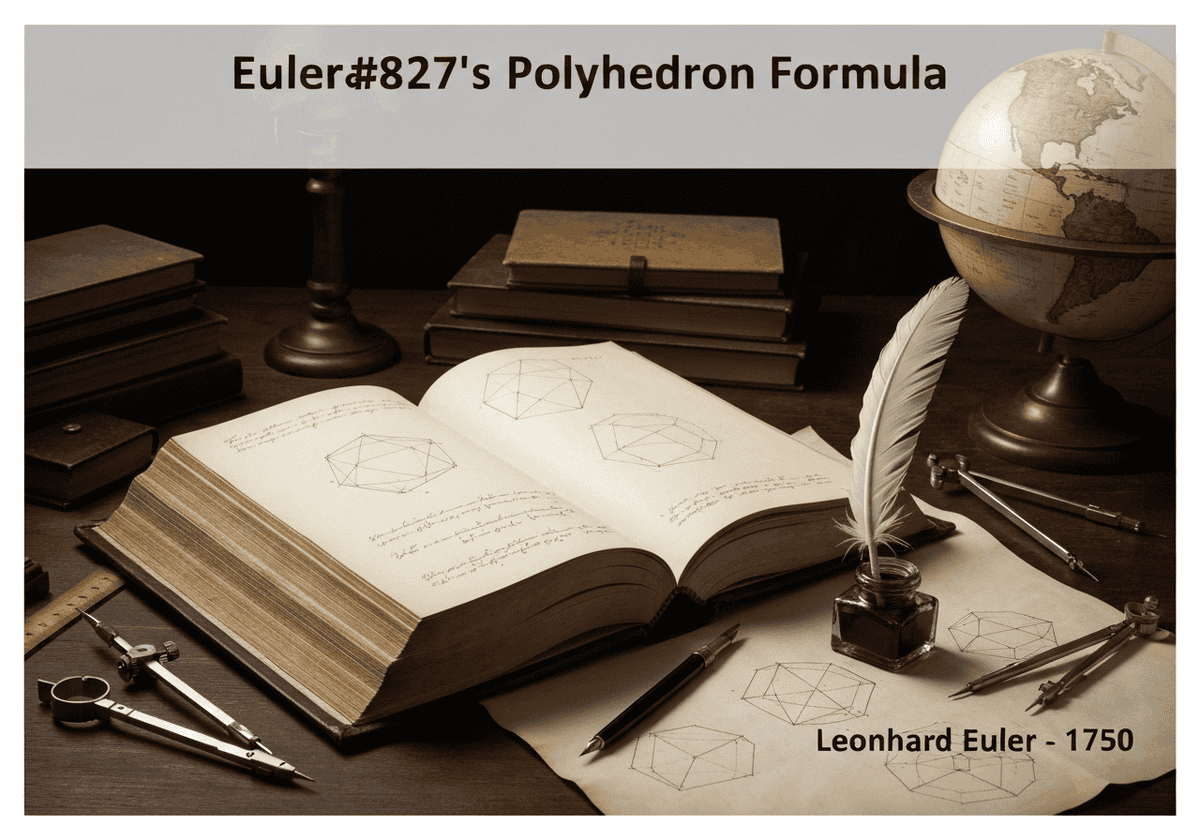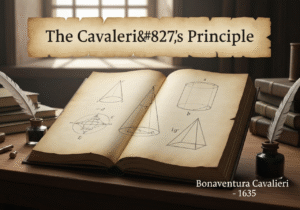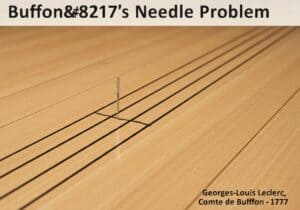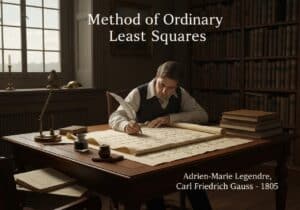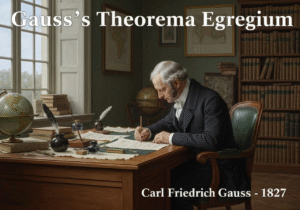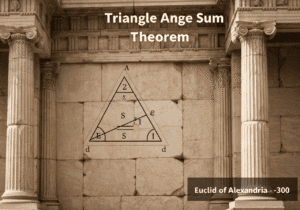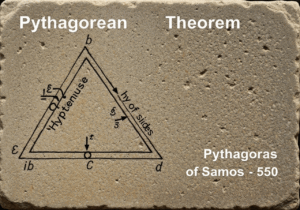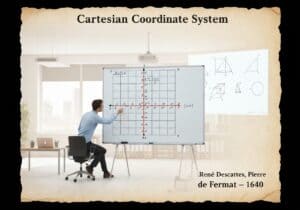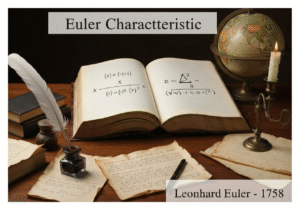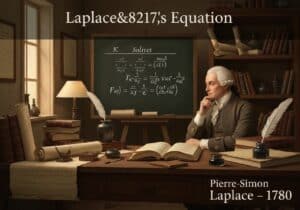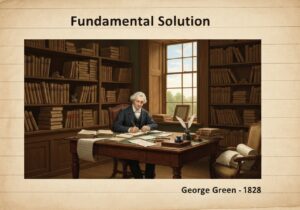A fundamental theorem in topology and geometry stating that for any convex polyhedron, the number of vertices (V), edges (E), and faces (F) are related by the formula [latex]V – E + F = 2[/latex]. This value, 2, is the Euler characteristic of a sphere, revealing a deep topological property independent of the polyhedron’s specific shape.
Euler’s polyhedron formula, [latex]V – E + F = 2[/latex], establishes a remarkable relationship for the vertices, edges, and faces of any simple polyhedron (one that does not intersect itself and has no holes). This formula is significant because it is a topological invariant, meaning it depends on the fundamental shape of the object rather than its specific geometric properties like size or angles. The constant ‘2’ is known as the Euler characteristic for any surface that is topologically equivalent to a sphere. For instance, a cube has 8 vertices, 12 edges, and 6 faces, so [latex]8 – 12 + 6 = 2[/latex]. A tetrahedron has 4 vertices, 6 edges, and 4 faces, so [latex]4 – 6 + 4 = 2[/latex].
The proof of this formula can be approached in several ways. One intuitive method involves “flattening” the polyhedron onto a plane. Imagine removing one face and stretching the remaining structure out. This creates a planar graph. The formula can then be proven for this graph using induction. Starting with a single triangle ([latex]V=3, E=3, F=1[/latex], plus the outer region as a face, so [latex]F=2[/latex], giving [latex]3-3+2=2[/latex]), one can show that adding new vertices or edges in a way that maintains the planar structure preserves the [latex]V-E+F=1[/latex] relationship for the internal faces. The formula’s discovery is attributed to Leonhard Euler in 1750, although there is evidence that René Descartes had discovered a similar result a century earlier, which was lost. The formula was later generalized by L’Huilier and others for polyhedra with holes (tori), where the formula becomes [latex]V – E + F = 2 – 2g[/latex], with ‘g’ being the genus (number of holes).
This generalization connects solid geometry to the broader field of topology, which studies properties of spaces that are preserved under continuous deformations. The Euler characteristic is a fundamental tool in algebraic topology for classifying surfaces and higher-dimensional manifolds. Its application extends far beyond pure mathematics, influencing fields like computer graphics, where it helps validate the integrity of 3D models (meshes), and in chemistry, where it relates to the structure of fullerenes and other complex molecules.

